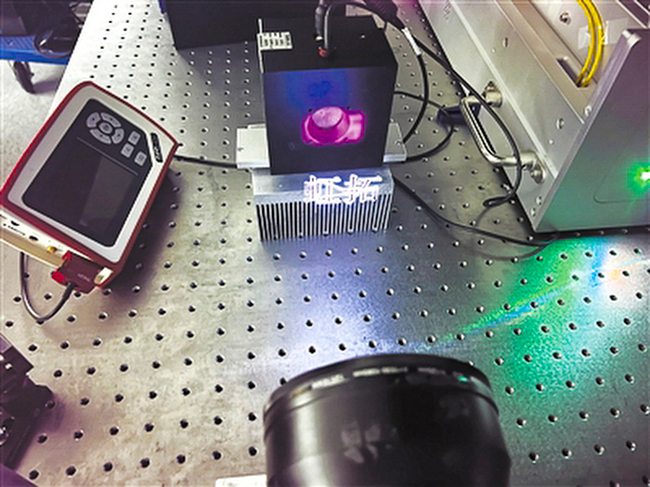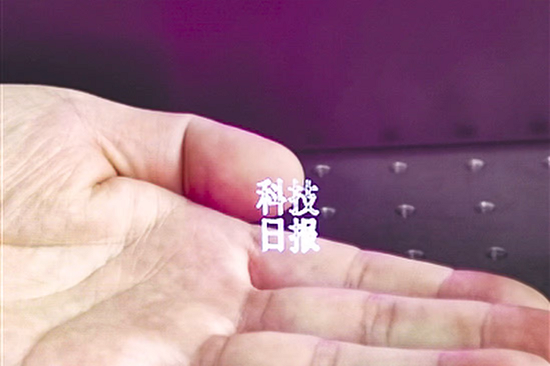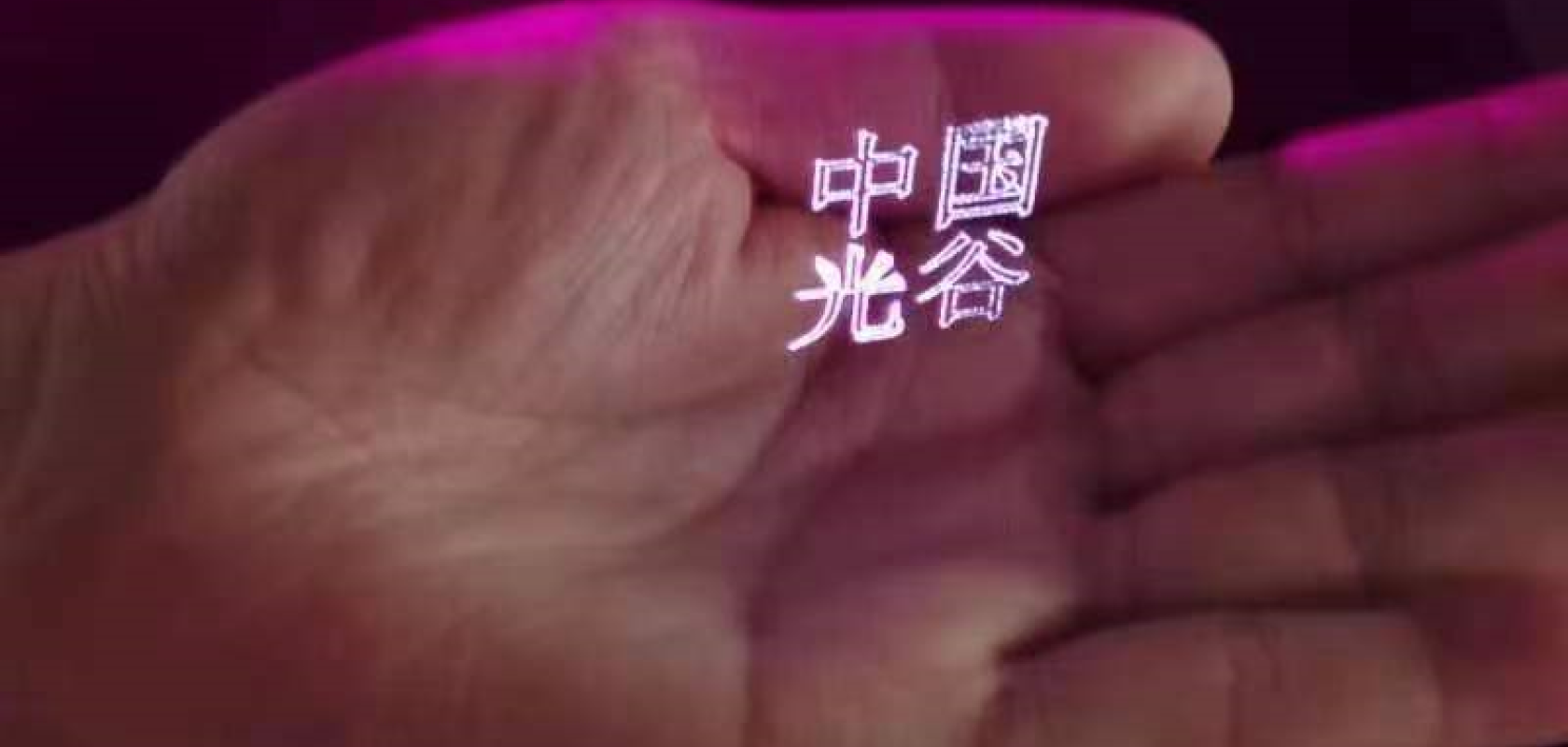Chinese researchers have developed an ultrashort-pulsed laser that they say grants the ability to 'write' holographic characters in thin air.
The work, initially reported in Science and Technology Daily and covered by the South China Morning Post, represents an important milestone, as while lasers have previously been used to create optical illusions, they have required a dust/cloud medium in order to do so.
The device works by focusing high-intensity, femtosecond laser pulses in mid-air to strip the electrons off air molecules, creating plasma (ionised gas) that emits energy in light form. By tracing the beam through the air, floating ghost-like images and patterns can be formed with the laser.
In a demonstration last week at the Hongtuo Joint Laboratory of Ultra-Fast Laser in Wuhan’s optics valley, the researchers created characters that were visible from any angle and which researchers could ‘touch’ with their hands.
'With the brand new device, we can draw in the air without using paper and ink', Cao Xiangdong, lead scientist at the laboratory, told Science and Technology Daily.
The researchers used a 3D scanner to arrange the pixel dots and form the characters precisely in the air, but did not explain how this works.
Due to the extremely short duration of the femtosecond pulses, the power peaks of the researcher’s ‘laser pen’ can reach a million megawatts – not far off the total utility-scale electricity generating capacity of the United States. In addition, to 'light' the air, an energy density of 100 terawatts per square centimetre is required.

The researchers used the laser to write the name of the Hongtuo Joint Laboratory in mid-air. (Image: Hongtuo Ultrafast Laser Joint Laboratory)
Despite these staggering figures, the average input power of the device is still only a few tens of watts, which means it could be ‘safely’ used in everyday settings, according to the researchers.
While the achievement is the result of over a decade’s work, the researchers believe the technology still has room for improvement. For example, more precise control of the laser pulse distribution will allow them to create brighter, larger full-colour images in the air.
The team hopes that the technology could one day have practical applications in fields such as high-precision manufacturing, brain imaging, medical instruments and quantum computing.

Another view of the ghostly letters written in mid-air. (Image: Hongtuo Ultrafast Laser Joint Laboratory)
Source: Science and Technology Daily via South China Morning Post


